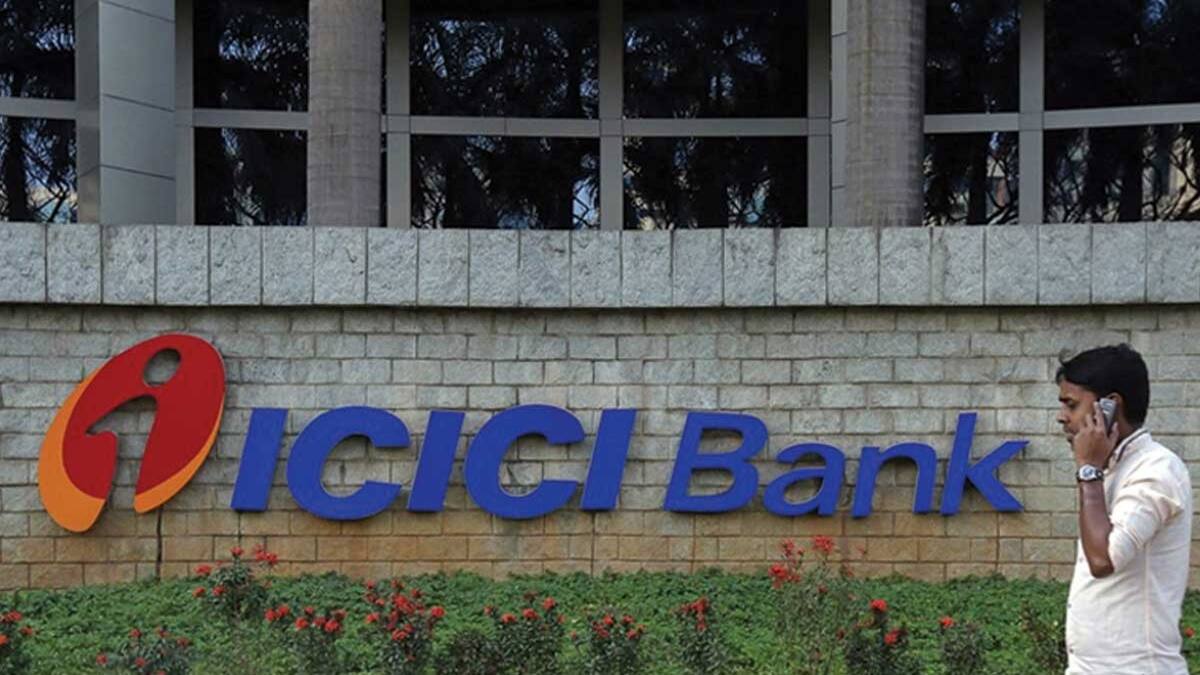ICICI Bank reported a solid 35% y-o-y earnings growth on the back of 30% y-o-y operating profit growth. NIM expanded 30 bps q-o-q to 4.7%. Asset quality metrics shows no near-term signs of stress leading to most provisions used to strengthen balance sheet. So far, the bank has been able to demonstrate its strength. We like the strategy and maintain BUY with FV unchanged. ICICI Bank remains one of our top picks.
Also read: TMB net climbs 38% as asset quality improves, NII rises
ICICI Bank reported an earnings growth of 35% y-o-y led by 30% operating profit growth while provisions grew 12% y-o-y. Revenues grew 25% y-o-y with NII growth of 35% y-o-y while loan book grew 20% y-o-y (balanced growth between retail, SME, business banking and corporate). NIM expanded 35 bps q-o-q to 4.7% largely led by 50 bps increase in lending yields while cost of deposits grew by 10 bps q-o-q. Asset quality metrics were stable with the back book still showing recovery leading to negligible credit costs. The bank utilised the strong operating profits to build 10 bps additional cushion as a one-time measure to change its provisioning policy and 10 bps for contingency buffer. RoEs, despite these high provisions, were comfortable at 18% levels.

It is hard to disagree that the sector tailwinds are playing a key role in delivering healthy RoEs. However, it is equally hard to disagree that the management has been prudent in utilising these benefits and opted to strengthen buffer than showing superior RoEs. NIM headwinds would start getting pronounced in 1HFY24 and we factor this through a lower NII growth. We see a weak earnings growth but risk to earnings downgrades appears to be lower. There is a potential upside through better operating leverage or release of contingent provisions.
Also read: Adani FPO likely to fetch bankers Rs 100-150 cr
Overall, ICICI Bank still is demonstrating its strength quite well in this cycle. (i) Diversified and granular loan book should withstand a slowdown against adverse credit costs. (ii) Less market share and emphasis in building better customer experiences to aid in building better liability and low-risk asset-side relationships. As a consequence, the probability that the bank would see a repeat of the previous cycle of higher credit costs appears to be far lower than feared. Investors’ concern has been mostly on the risks to price performance as sector headwinds emerge.
Tags: 上海推油爽记KF, 上海贵族宝贝花千坊419UQA, 北京伴玩NT, 浦东楼凤QB